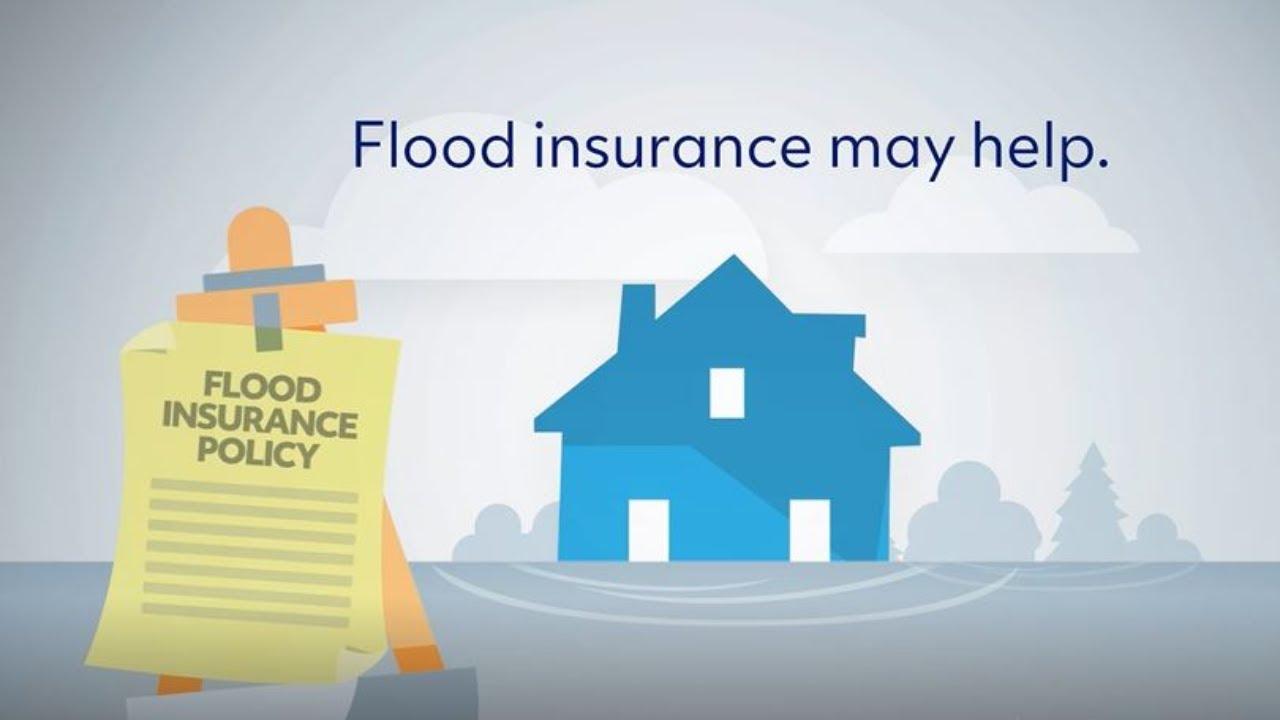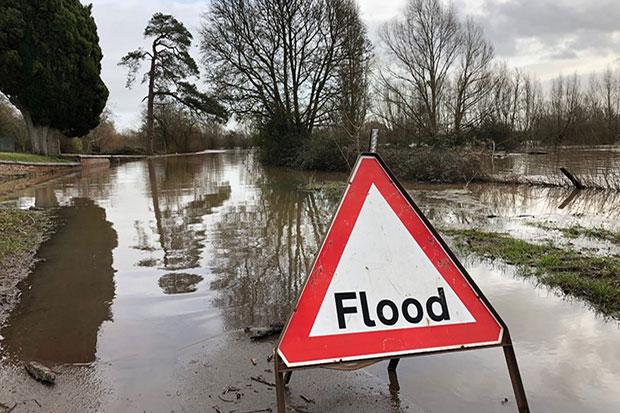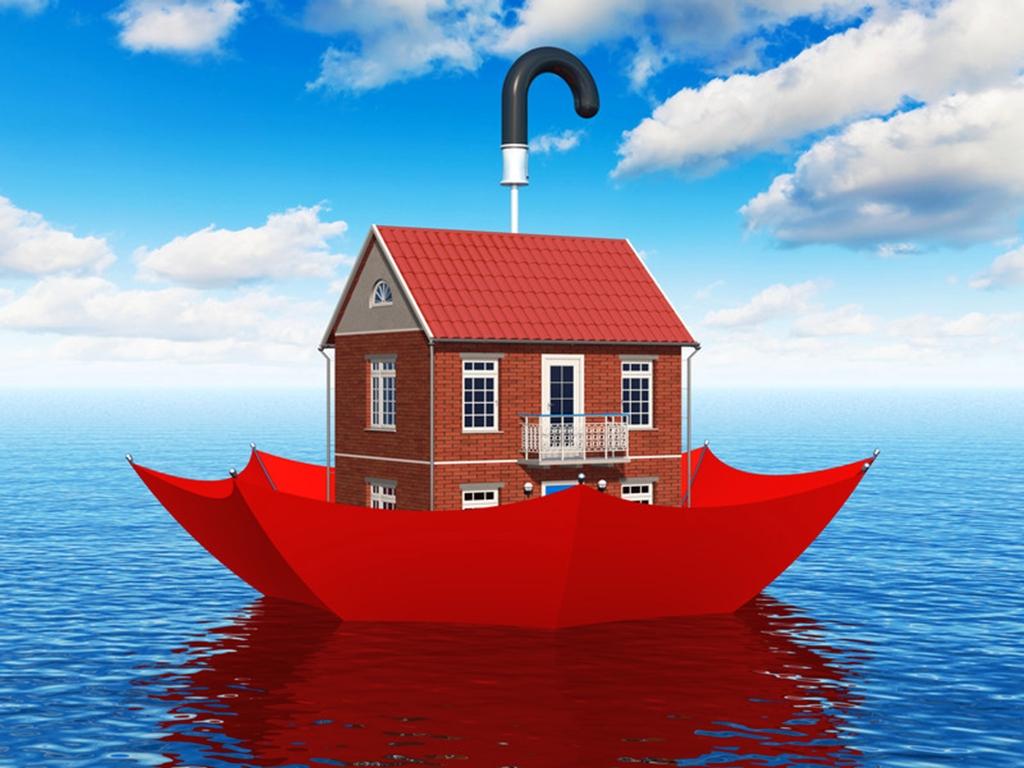When it comes to protecting your home and belongings, insurance plays a vital role in providing peace of mind. While most homeowners are familiar with standard property insurance, many overlook a crucial aspect of coverage: flood insurance. With climate change leading to increasingly unpredictable weather patterns and rising water levels, the risk of flooding is more prevalent than ever, even in areas previously deemed safe. But how do you know if flood insurance is necessary for your situation? In this article, we will explore what flood insurance entails, the factors that influence the necessity of this coverage, and how to determine whether you should invest in it. Whether you live in a flood-prone region or an area that experiences only occasional rains, understanding the implications of flood insurance is essential for safeguarding your home and finances. Let’s dive in.
Table of Contents
- Understanding the Basics of Flood Insurance and Its Importance
- Assessing Your Flood Risk: Is Your Home at High Danger?
- Navigating Coverage Options: What to Look for in a Policy
- Making an Informed Decision: When to Purchase Flood Insurance
- Concluding Remarks
Understanding the Basics of Flood Insurance and Its Importance

Flood insurance is a specialized type of coverage designed to protect your property from the devastating impacts of flooding, which is often not covered under standard homeowners insurance policies. Flooding can occur due to various reasons, including heavy rainfall, storm surges, and melting snow, which can lead to significant damage to homes and personal belongings. Understanding how flood insurance works is essential for homeowners, particularly those living in high-risk areas prone to flooding. Some key aspects to consider include:
- Coverage Options: Policies typically cover the structure of your home and personal possessions, but there are limits and exclusions.
- Community Participation: Many flood insurance programs operate through community involvement, with participation in the National Flood Insurance Program (NFIP) being crucial.
- Policy Costs: Premiums can vary based on factors like location, flood zone designations, and building characteristics.
Having flood insurance is not just a safety net; it’s a critical financial decision that can save you from substantial losses in the event of a disaster. Natural disasters are unpredictable, and their aftermath can be astonishingly expensive. Without flood insurance, you may find yourself bearing the full financial burden of repairs, which can be prohibitively high. To illustrate the importance of this coverage, consider the following table that highlights potential costs incurred during a flood:
| Item | Estimated Costs |
|---|---|
| Structural Repairs | $30,000 |
| Replacement of Belongings | $15,000 |
| Furniture Damage | $7,500 |
| Emergency Expenses | $5,000 |
Assessing Your Flood Risk: Is Your Home at High Danger?

Understanding your flood risk is crucial when considering flood insurance, as not every property is equally susceptible to flooding. To assess whether your home is at a high danger level, you can take several factors into account. Start by checking the FEMA Flood Map for your area, which outlines flood zones and helps identify properties that are most at risk. Additionally, consider the following points:
- Proximity to Water Bodies: Homes near rivers, lakes, or coasts are often at increased risk.
- Elevation: Properties situated at lower elevations are more vulnerable to flooding, particularly in storm events.
- Local Climate Patterns: Heavy rainfall, snowmelt, and rising sea levels can all contribute to a higher flood risk.
- Past Flooding History: If your area has a history of flooding, it’s a significant indicator of potential future risks.
You might also consider reaching out to your local floodplain manager or insurance agent for additional insights specific to your property. They can provide more tailored information based on regional risks and trends. It’s also wise to stay informed about potential changes in your environment and infrastructure, such as land development or changes in drainage systems that could affect flood dynamics. Here’s a quick comparison to illustrate the risk factors:
| Risk Factor | High Risk | Moderate Risk | Low Risk |
|---|---|---|---|
| Proximity to Water | Within 500 ft | 500 ft to 1 mile | More than 1 mile |
| Elevation | Below 10 ft | 10 ft to 15 ft | Above 15 ft |
| Flood History | Multiple events | One event | No recorded events |
Navigating Coverage Options: What to Look for in a Policy
When evaluating flood insurance policies, it’s crucial to consider several key factors to ensure comprehensive coverage that meets your needs. Start by examining the coverage limits. This stipulates the maximum amount your insurer will pay in the event of a flood. Adequate coverage should reflect not only the value of your home but also the contents within it. Moreover, understanding deductibles is vital; this is the amount you’ll pay out of pocket before the insurance kicks in. Higher deductibles can lower your premiums, but ensure they are affordable should you need to file a claim.
Additionally, investigate what is specifically covered by the policy. Not all flood insurance is created equal, and you’ll want to look for the following points:
- Type of flood protection (e.g., structural, contents, or both)
- Exclusions (specific natural disasters or situations not covered)
- Replacement cost vs. actual cash value (how your losses will be compensated)
It can also be beneficial to compare quotes across different insurers to find the best deal. Here’s a simple table to help with your comparisons:
| Insurance Provider | Coverage Limit | Deductible | Annual Premium |
|---|---|---|---|
| Provider A | $250,000 | $1,000 | $750 |
| Provider B | $300,000 | $1,500 | $900 |
| Provider C | $200,000 | $1,000 | $700 |
Making an Informed Decision: When to Purchase Flood Insurance
When considering flood insurance, it’s essential to evaluate your unique situation. Geographic location plays a crucial role; if you live in a flood-prone area or near a body of water, the risk increases significantly. Homeowners should also check if their property falls within a designated flood zone as determined by the National Flood Insurance Program (NFIP). Additionally, insurance requirements may vary based on mortgage stipulations that might demand flood coverage if your home is in a high-risk area.
Other factors to contemplate include the history of flooding in your area and the reliability of local drainage systems. Personal decisions can also be influenced by your financial position; consider whether you could afford to repair or replace belongings after a flood without insurance. Here are a few key considerations to help you decide on flood insurance:
- Local weather patterns: Assess the frequency of heavy rainfall or storms.
- Home value: Evaluate the potential loss against the insurance premium costs.
- Emergency funds: Determine if you have savings to cover unforeseen flood damages.
- Community resources: Identify available local resources for flood relief and support.
Concluding Remarks
understanding flood insurance is an essential part of safeguarding your property and financial stability. Whether you live in a high-risk flood zone or in an area that seems relatively safe, assessing your individual circumstances is critical. We’ve outlined the key aspects of flood insurance, from its necessity and benefits to the types of policies available.
Ultimately, the decision to invest in flood insurance should be based on a careful evaluation of your unique situation, potential risk factors, and your long-term financial goals. If you’re still unsure, consider speaking with an insurance agent or financial advisor who can provide personalized guidance. Remember, being informed today can save you from significant losses tomorrow. Stay safe and prepared!



